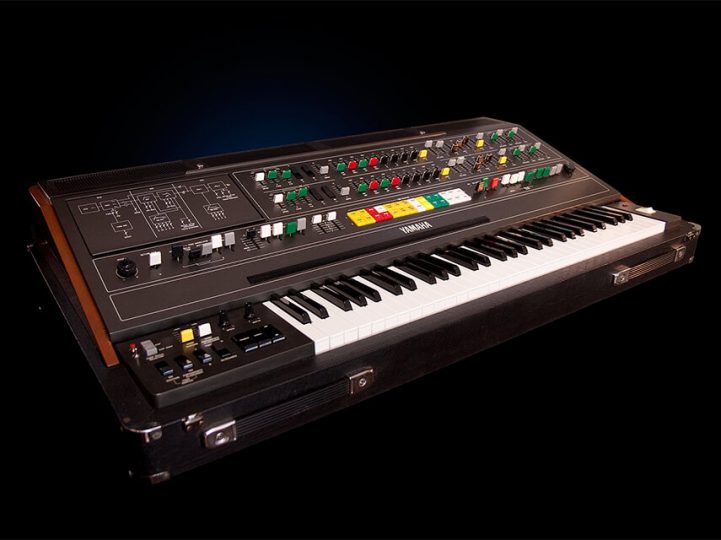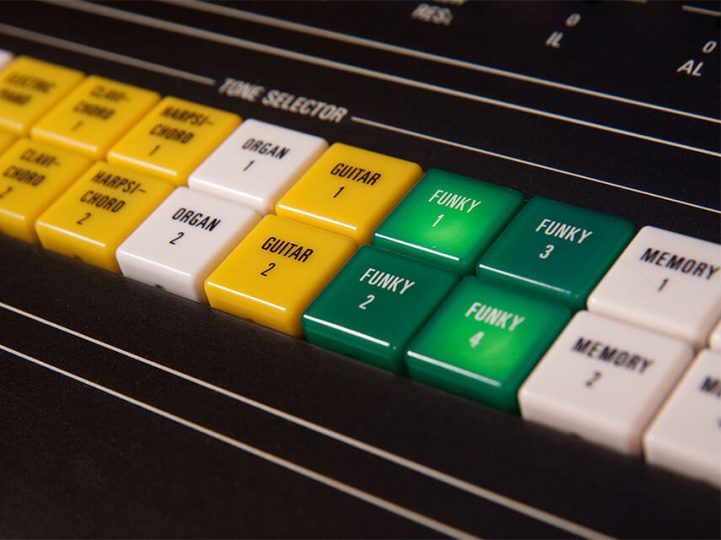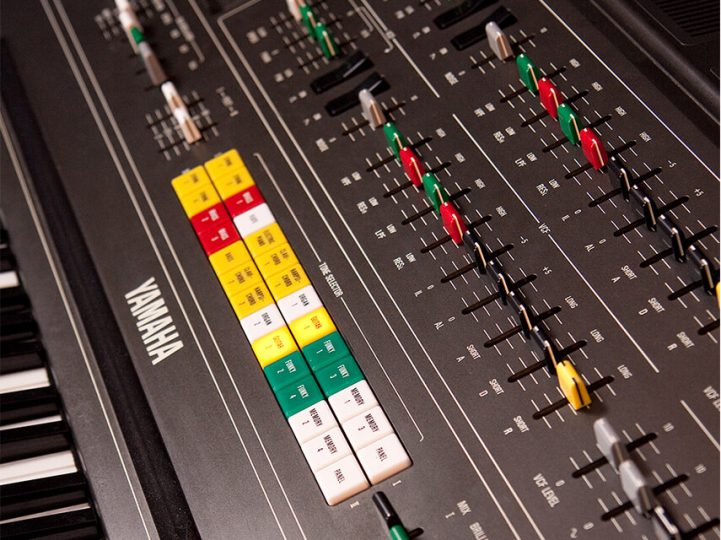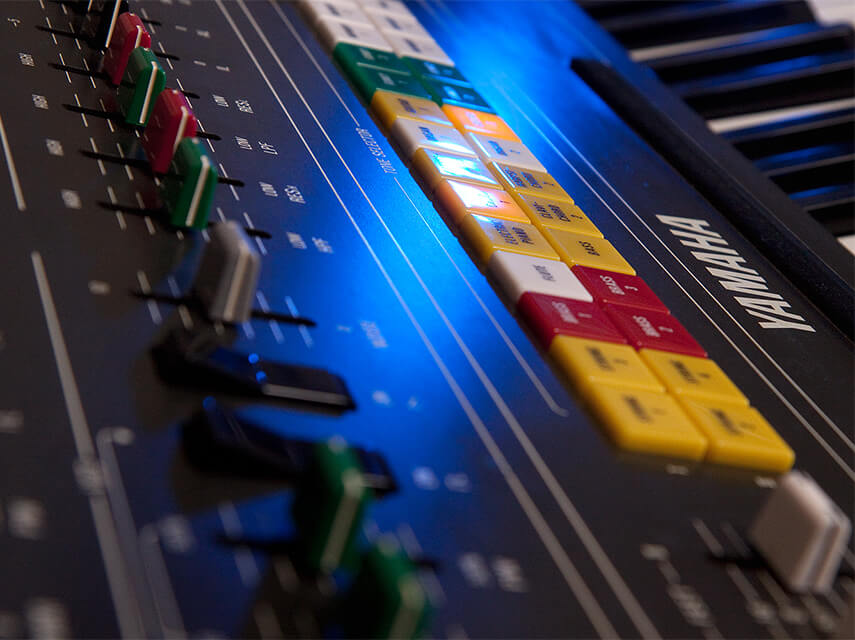June 3, 2016
by GForce Software
Don’t get me wrong, we love our CS-60 and it’s definitely a more affordable way of getting your hands on the iconic CS polysynth sound and the operational architecture of it’s bigger brother, the CS-80. But make no bones about it, the CS-80 is way more than two CS-60s.
If we look at the synthesis method used in the CS-50, 60 & 80 objectively, there’s truly nothing remarkable or jaw dropping. It’s a single oscillator that allows you to use both a Sawtooth, Pulse or PWM waveform at the same time, put through non resonant low and high pass filters and a couple of envelopes. Granted, there’s a Sine wave which bypasses the filter, with which you can add some more ‘beef’ to your sound, but, that’s really it in terms of synthesis engine.

More than the sum of it’s parts
The CS-80 is the poster child of a synthesiser being more than the sum of it’s parts though, and by multiplying this engine two-fold and then adding what we think is one of the best ring modulators ever designed, velocity response, poly-aftertouch, a decent weighted keyboard that feels not unlike a piano to play, a ribbon strip, chorus and tremolo effects… you get the picture… it all adds up to create one very special and playable instrument.
So special in fact that we slightly resent the years that we were without it. However, in a way I’m glad we finally bought one after getting to know the CS-60 intimately, because by comparison, everything you touch on the 80 just makes you go “wow”

Why doesn’t GForce make a virtual CS-80?
We’re often asked “Why don’t we make a virtual CS-80?” and this ‘more than the sum of its parts’ is the reason why. That’s what makes an instrument truly iconic and just putting a CS-80 interface over a CS-based synth engine doesn’t really give you what makes this instrument truly special. It’s the way all these details interact in a physical manner that makes the CS-80 the stuff of legend.

So what are the downsides of owning one? Firstly, the cost of entry. unless you’re incredibly rich or insanely lucky, you’re going to be skint forever after buying one of these. Secondly, it will need maintenance which means you’ll continue to be skint for longer than you initially bargained for. Thirdly, it’s heavy which is fine when you’re young and fit but no fun whatsoever when you’re older and have abused your back by lugging big synths around the world.
And Finally
If you can afford the pricetag and and manage it’s weight, the plusses add up to why many regard the CS-80 as the finest analogue poly-synth ever made.
